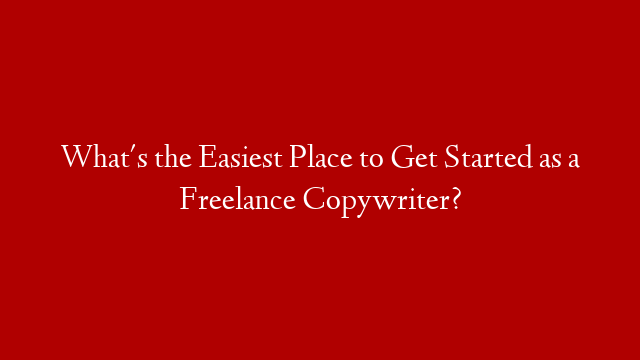There’s a reason why some copywriters get paid millions of dollars while some languish in the dark corners of the world, barely making a living. And that difference is not necessarily unavoidable. In fact, it’s often easy to correct.
In my years of copywriting experience, I seen certain patterns in the copies written by pros and a whole other pattern written by newbies, but perhaps the biggest difference is in their use of curiosity.
Curiosity keep your readers hooked so that there’s enough time to persuade him to buy. If no one reads the second line, then no one will ever reach the order form. Make sense?
One of the best examples of the use of curiosity I’ve seen in my life is the now-legendary “Do you make these mistakes in English?” headline. There’s an extremely strong curiosity factor in that headline that itches your brain to find out what the “mistakes” might be. Who knows you are unconsciously making them right?
What do you have to do to find out the mistakes? You HAVE to read the copy. Now you’re hooked.
Another great example of using curiosity involves CNN. Ever noticed how before CNN goes into the ads they will display obscure questions like, “Who hit the 1984 home-run for whatever game?” You don’t even care but yet you’d sit right through the commercials just so you can find out who in the world hit that home-run.
Do you the pattern there? I hope you did.
If you didn’t, here it is: Creating curiosity is as easy as posing open-ended questions. Questions create a disconnect in our brains and that disconnection drives us to want more. Easy right?



